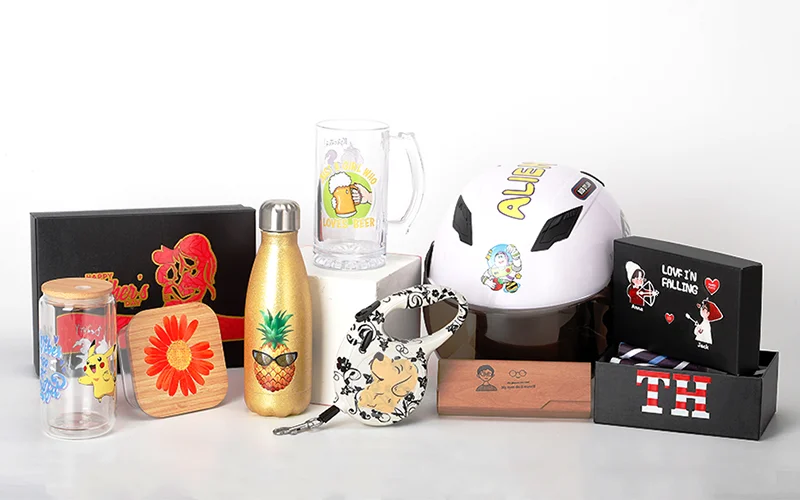Starbucks Corporation is a well-known American multinational coffeehouse chain. It was founded in Seattle, Washington, in 1971 by three partners: Jerry Baldwin, Zev Siegl, and Gordon Bowker. The company started as a single store selling high-quality coffee beans and equipment for brewing coffee at home.
Over the years, Starbucks has grown into one of the world’s largest and most recognizable coffeehouse chains. It operates thousands of stores globally, offering a wide range of coffee beverages, teas, snacks, and other related products. The company is known for its commitment to providing a unique coffeehouse experience, with a focus on quality, customer service, and a cozy atmosphere.
Some key aspects of Starbucks include:
Coffee Varieties:
Starbucks offers a variety of coffee blends, including its signature Pike Place Roast, Espresso Roast, and seasonal blends. The company also sources high-quality Arabica coffee beans from different regions around the world.
Beverage Menu:
In addition to traditional coffee, Starbucks has an extensive menu of espresso-based beverages, iced drinks, teas, and specialty drinks. Customers can customize their orders based on their preferences.
Stores and Ambiance:
Starbucks stores are designed to provide a comfortable and inviting environment for customers. Many locations offer free Wi-Fi, and the interior design often includes cozy seating areas, creating a social and relaxing atmosphere.
Mobile Ordering and Rewards Program:
Starbucks has embraced technology to enhance the customer experience. The company has a mobile app that allows customers to order and pay for their drinks in advance, as well as a rewards program that offers perks and discounts to loyal customers.
Social Responsibility:
Starbucks is known for its commitment to social and environmental responsibility. The company has implemented various initiatives, including ethical sourcing of coffee beans, community programs, and efforts to reduce its environmental impact through sustainable practices.
Expansion and Global Presence:
Starbucks has expanded its presence globally, with thousands of stores in numerous countries. The company’s logo and brand are easily recognizable worldwide.
Despite its global success, Starbucks has faced criticism and controversies over the years, ranging from concerns about the impact of its business practices on local coffee cultures to issues related to labor practices and corporate policies. However, the company has also taken steps to address some of these concerns and has continued to evolve to meet changing consumer preferences.
Here’s a brief overview of some popular types of coffee:
Espresso:
- A concentrated coffee brewed by forcing hot water through finely-ground coffee.
- The base for many other coffee drinks like lattes, cappuccinos, and Americanos.
Americano:
- Made by diluting a shot of espresso with hot water, resulting in a coffee similar to drip brew but with a different flavor profile.
Latte:
- Espresso with steamed milk and a small amount of frothed milk on top.
- Often flavored with syrups like vanilla, caramel, or hazelnut.
Cappuccino:

- Espresso mixed with equal parts of steamed milk and milk foam.
- Typically has a strong coffee flavor with a creamy texture.
Macchiato:
- Espresso “stained” or “marked” with a small amount of milk.
- Can be served as a “latte macchiato” with more milk than espresso or a “caramel macchiato” with added caramel syrup.
Flat White:
- Originating from Australia/New Zealand, it’s similar to a latte but with microfoam (steamed milk with fine, velvety bubbles) and a higher coffee-to-milk ratio.
Cold Brew:
- Coarse-ground coffee steeped in cold water for an extended period (12-24 hours).
- Smooth, less acidic, and often served over ice.
Iced Coffee:
- Regular brewed coffee that is cooled down and poured over ice.
- Can be sweetened and flavored to taste.
Turkish Coffee:
- Finely ground coffee beans boiled with sugar and cardamom (optional) in a special pot called a cezve.
- Served unfiltered with grounds settled at the bottom.
French Press (Press Pot):
- Coarsely ground coffee steeped in boiling water, and then separated by pressing down a metal or plastic plunger through a mesh sieve.
- Results in a robust and full-bodied cup.
Aeropress:
- Uses air pressure to force hot water through coffee grounds, producing a smooth and rich coffee.
- Popular for its portability and ease of use.
Pour-Over:
- Coffee brewed by pouring hot water over coffee grounds in a filter.
- Offers control over brewing variables, resulting in a customizable cup.
These are just a few examples, and there are countless regional and specialty variations around the world. Each method imparts its unique characteristics to the coffee, influencing its taste, aroma, and mouthfeel.
Internal link: emitsnews





